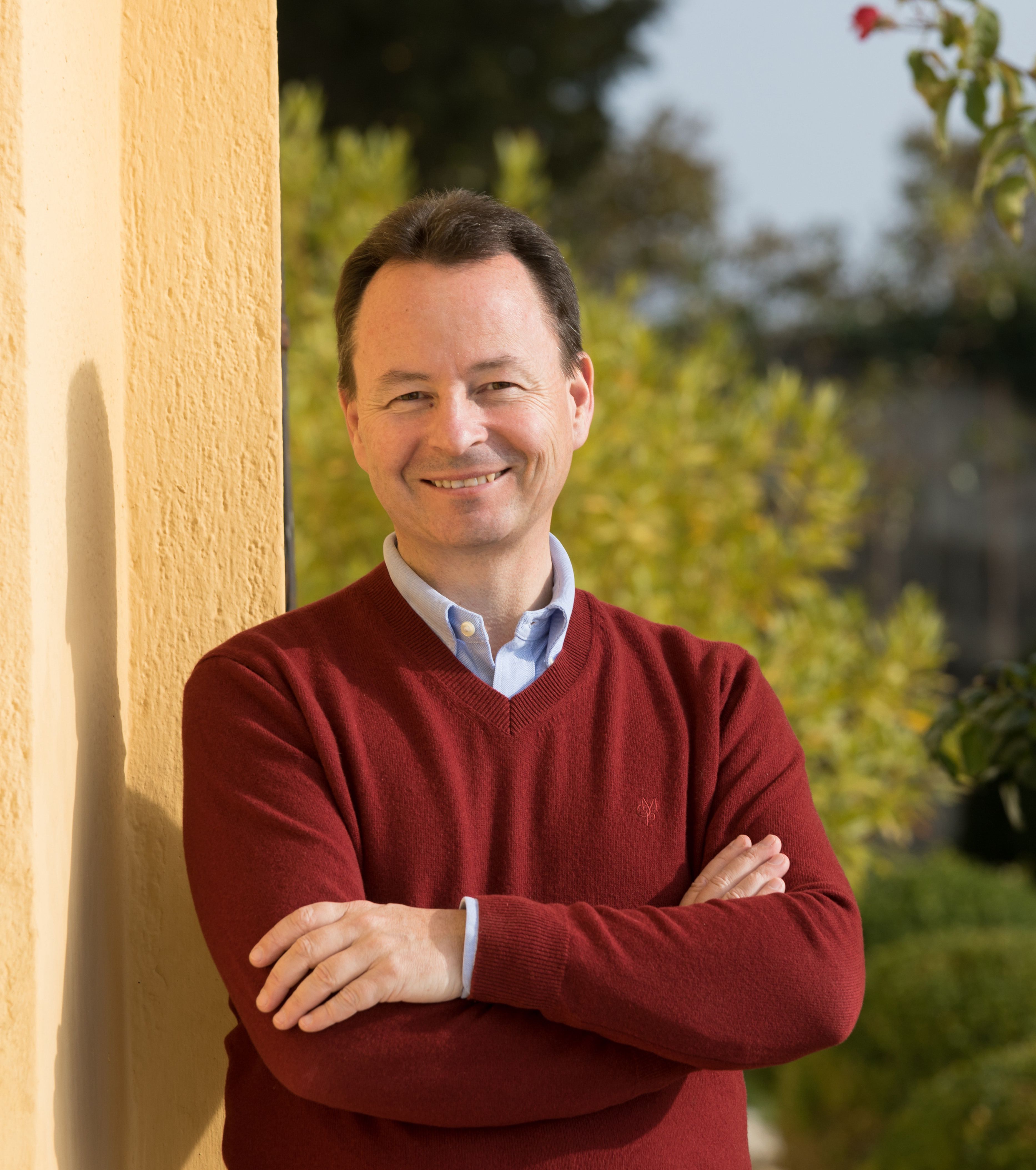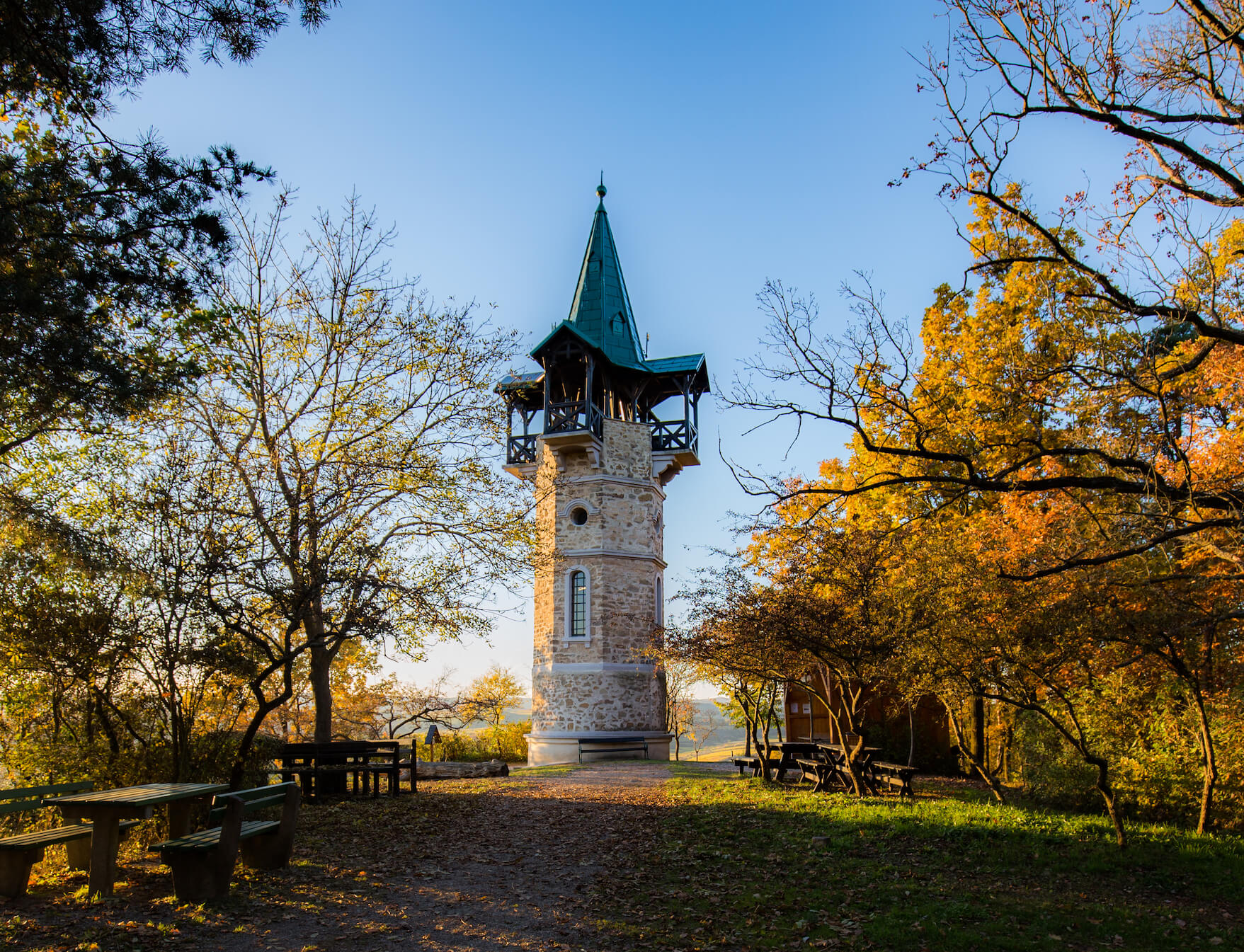Heiligenstein Dry Riesling: The Legend of Schloss Gobelsburg Rises Again
Austria, like several other European winegrowing nations, has many old wineries, but few come close to matching the 850-year history of Schloss Gobelsburg in the Kamptal appellation of the Danube region. The first record of its vineyards dates to 1171, making it just a fraction younger than the legendary Clos de Vougeot of Burgundy.
No less remarkable is the Ried Heiligenstein, one of the top sites in Austria for dry riesling. In Austria, Ried is the official term that means single-vineyard site. Heiligenstein is often incorrectly translated into English as “Holy Stone,” but it actually means “Stone of the Saints.”
Just over a century ago, the Heiligenstein was one of first single vineyards in Austria to get its own name on a label – at a time when dry rieslings were a rarity in Imperial Austria and were much sought after. Today it has 50 owners, and the wines from at least a dozen of them have good reputations.
Such exceptionalism was reason enough for Schloss Gobelsburg’s director and winemaker, Michael Moosbrugger, to present a vertical tasting of the winery’s dry rieslings from the Heiligenstein going back to the 1971 vintage. The tasting took place last week in central London at 67 Pall Mall in the St. James area, and it helped cement Moosbrugger’s reputation as one of Austria’s most original winemakers.

You can tell that the Heiligenstein is something special from a considerable distance. Travel from Vienna to the regional center of Krems on the Danube and you can’t miss it. A quarter of an hour before you arrive, it suddenly looms on your right, its ridge forming the horizon. I remember seeing this from a train window during my first visit to the Danube region back in November 1988.
Get a bit closer to it and you see how the vineyard rises steeply like a mighty wall from the gently sloping vineyard landscape around the town of Langenlois, Austria’s largest winegrowing commune. On the summit, at 349 meters above sea level, stands a small, stone-built tower from the late 19th century with a pointed roof that looks a bit like a witch’s hat.
The entire 35-hectare surface of the south- to west-facing Heiligenstein is covered with narrow terraces, many of which accommodate just three or four rows of vines. Schloss Gobelsburg owns a total of about three hectares divided between two parcels in the south-facing section of the site, or about a tenth of the Heiligenstein’s entire area.
The other famous site in the Schloss Gobelsburg portfolio is the Lamm, which is planted entirely with gruner veltliner, Austria’s signature white wine grape variety. Both the Heiligenstein and the Lamm have been classified as Erste Lage (abbreviated EL), or Premier Cru, by Osterreichische Traditionsweinguter (OTW). Moosbrugger is the president of the OTW for the Danube region.
The bedrock of the Heiligenstein is composed of the unique Zobing Formation, named after the nearby village of Zobing, from the Permian Period (252 – 299 million years ago). The most important of these is a conglomerate that looks like a mass of large pebbles set in crudely mixed concrete. Those pebbles are composed of ancient volcanic rhyolite, one of the crystalline igneous rocks the Austrians refer to as Urgestein. In the glass, the best dry rieslings from the Heiligenstein are often dramatic due to their tremendous wet stone intensity, but this is married to considerable elegance. Tasted very young, the Heiligenstein rieslings from some producers can be quite austere, even steely.
The Heiligenstein wines Moosbrugger makes at Schloss Gobelsburg combine the characteristics typical for the site with a wonderful textural richness. They should appeal not only to riesling freaks but also to anyone who enjoys cool-climate chardonnay with discreet oak.

HISTORIC VINTAGES
In 1996 at the age of 30, Moosbrugger took a two-generation lease on the property from the monastery of Stift Zwettl, a short drive to the north. His partners in this venture were then, and remain, Willi Brundlmayer and his French wife, Edwige, of the eponymous winery in Langenlois.
I remember tasting historic vintages with them in the kitchen of Schloss Gobelsburg during the cool rainy summer of 1996. Back then Moosbrugger’s takeover of the winery seemed like a very daring move. Although he had done apprenticeships at the famous Salomon Undhof and Jamek wineries in the Danube region, he hadn’t studied winemaking and came from a family of hoteliers in the west of Austria. A generation ago in this conservative area, such a move looked seriously eccentric!
Although Moosbrugger didn’t mention it at the tasting, this year is also the 25th anniversary of his arrival at Schloss Gobelsburg. He did say plenty about his wines, and some of this also says a good deal about him – including his opinion on whether to put nobly rotten fruit in the press or to rigorously exclude it when making a dry riesling.
READ MORE: AUSTRIA’S FRESH AND FLINTY 2020 VINTAGE RISES TO THE CHALLENGE
“If you’re going to make a good fruit salad, then you don’t start with rotten fruit,” he explained, before adding the caveat, “but there’s no ultimate truth!” The only wine in the tasting with an obvious Botrytis character was the Schloss Gobelsburg Riesling Kamptal Ried Heiligenstein EL 2004.
Moosbrugger is a forthright traditionalist who matures his single-vineyard wines on the fine lees in neutral wood. Rows of large oval casks mounted on wheels are a notable feature of the Schloss Gobelsburg cellars, and the tasting suggested that they play an important role in giving the wines their striking textural complexity.
Asked about the size of these casks from the Schneckenleitner cooperage, he answered, “50 to 100 buckets, but mostly 50.” With each bucket, or Eimer, equivalent to 56.5 liters, this means that the typical volume of his oval casks is 2,825 liters – a size unique to Austria.

For collectors, the mature vintages of the Schloss Gobelsburg Riesling Kamptal Heiligenstein EL to look out for are the 1997, 1998, 1999 and 2001. These are the wines Moosbrugger made his reputation on, silencing the initial skeptics.
For anyone looking for an introduction to these wines, try the 2018 and 2019 vintages. They taste delicious already, but should age as well as the historic masterpieces of 1979 and 1971. These wines were made by Father Bertrand Baumann of the Stift Zwettl monastery and at the time were considered benchmarks of Austrian dry white wines.
Thanks to Moosbrugger, Schloss Gobelsburg’s Heiligenstein wines are becoming legendary once again.
– Stuart Pigott, Senior Editor



